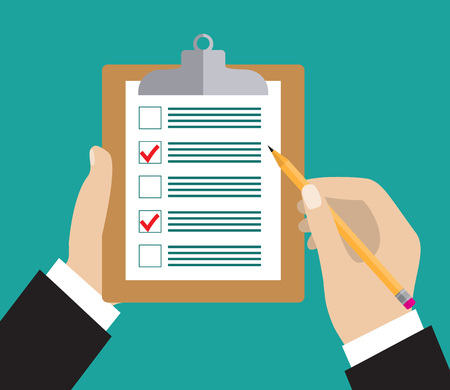
An online job application is similar to a cold call. An employer will evaluate you based on your skills and the ability to match their requirements. To save time preparing your application, you should carefully review your job search plan, read each job description for specific requirements and update your resumé and cover letter accordingly.
Here is a list of action items to help you move though the process with ease and control how much time you spend on each step.
Planning and research
- Review the list of all your target roles (e.g., remote copy editor, copywriter, freelance proofreader, etc.).
- Run a search using your preferred job boards. Some examples include remote-only job boards, LinkedIn, Indeed, a free job board from ACES: The Society for Editing, or the member-only job boards of Editors Canada or the Editorial Freelancers Association (EFA). (A list of remote-only job boards is available here: “Job Search and Application Strategy for Freelancers.”)
- Look through a list of your target employers and their career pages.
- Pick five to 10 open positions that fit your profile.
- Ask colleagues you trust if they know anything about the company where you’re applying.
- Analyze each job description and mark the essential requirements and keywords.
- Note every requirement that is currently not listed on your resumé. Would the hiring team see a clear match and want to interview you?
Updating your resumé
- Update your resumé, especially the top sections (target role title, career summary, areas of expertise, and technical skills) based on the requirements of the target role.
- Add one to two short testimonials to the top part of your resumé.
- When tweaking your resumé, you should use the language of the job description to ensure clarity. Such sections as “Areas of Expertise” and “Technical Skills” are great places to include the required skills.
- Review career entries and add missing information: your specializations, genres, types of clients, types of documents you edit, style manuals, software, and specialist knowledge of topics or industries. Add numbers to quantify your achievements and scope of work, where possible.
- Avoid long bulleted lists and create a balance of text, headers, sub-headings and white space.
- Include one to three links to significant projects.
Writing cover letters
- Write a short (one-page) cover letter from scratch.
- Based on your marked-up copy of the job description, you can identify three key requirements for the three body paragraphs of the letter.
- Start each paragraph with the requirement as it is phrased in the job description followed by a colon or a dash. Add examples from your past experience (three to four lines).
Networking and evaluation
- Identify decision-makers or recruiters for each particular application on LinkedIn and connect with them. Personalize your invitation to connect.
- Follow up within five business days. Create a list of ideas for following up. This can include providing references, offering to take tests or commenting insightfully on something specific about the company or the target role, while letting these contacts know that you are still available and interested.
- Assess the amount of time your applications took and make notes as needed.
This checklist is meant to help you bring more structure to the application process and eliminate the stress of a job search. Streamlining this process can give freelancers more productive time and a professional advantage. What other practices have worked in your job application process in the past?
___
Previous post from Tanya Mykhaylychenko: Editorial Cover Letters
The Editors’ Weekly is the official blog of Editors Canada. Contact us.
Discover more from The Editors' Weekly
Subscribe to get the latest posts sent to your email.
